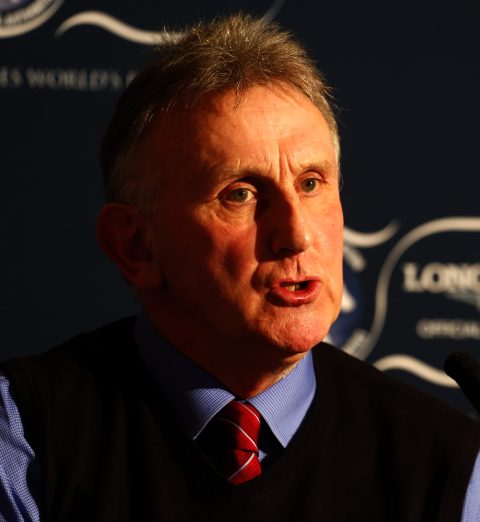Elimination from big handicaps

BHA Head of Handicapping Phil Smith blogs about why we use an elimination system based on weight rather than rating.
There has been much discussion over the last few weeks about the elimination of three-year-olds from big handicaps, in particular the Betfred Ebor at York. These big races, with their growing prize funds will inevitably be popular with connections. Sadly, that means there has to be an elimination process and there will be winners and losers whatever the process might be.
Off the back of this we thought it would be worth explaining why we eliminate as we do at present.
The core reason is the Weight For Age scale and how horses are allocated ratings. In the Ebor a three-year-old receives 12lbs from an older horse. If a hypothetical three-year-old ran against a 95-rated older horse and they were to dead heat, the three-year-old would also be rated 95 but is intrinsically a 12lbs. inferior animal. He has been given the weight for age to compensate him for a lack of maturity, experience and ability.
Therefore, if the 95 rated three-year-old was given priority over the 95-rated older horse for entry to the Ebor then you would be including a horse that was 12lbs “inferior” to the older horse. This goes against the meritocratic principle behind the elimination process. Horses are often campaigned in order to get in to valuable races like the Betfred Ebor by being run and advancing their official rating. It would then seem unfair for that horse to miss out in favour of an “inferior” horse, purely in order to artificially ensure that some three-year-olds compete in the race. Effectively, the discontent would then be voiced by the owners of the older brigade rather than the supporters of the Classic generation.
Further than this, any change to the system would have to be across the board and that could cause problems for trainers planning on a day to day basis – for instance, it may prove frustrating for connections of an older horse who find themselves regularly balloted out in favour of three-year-olds who were lower in the weights. This might, in turn, have a knock on effect in terms of the incentive to keep older horses in training.
For the specific cohort of three-year-olds missing out on the Betfred Ebor, the Betfred Melrose earlier in the same afternoon offers a race which has seen its prize money more than treble in the last decade. Itself now another conundrum for punters producing a 16/1 winner in Wall of Fire from Hugo Palmer’s yard. The addition of what are sometimes called “consolation races” such as the Ayr Silver and Bronze Cups, further demonstrate a racecourse response to the competitive nature of traditional stand out handicaps
So while there are arguments for various approaches there is a logic in sticking to the current procedure. So it is the view of the BHA and their Handicapping team that the current system is the correct one. These races still regularly boast full fields and generate vibrant betting markets, and are amongst the most widely anticipated and debated races of the year.
That said, all these things remain open for review, most recently by the Racing Committee who concur that the judgement (and it can only be a judgement) rests in favour of the argument for the current approach (by weight) to outweigh the arguments for the alternative (by rating).

BHA Head of Handicapping Phil Smith
